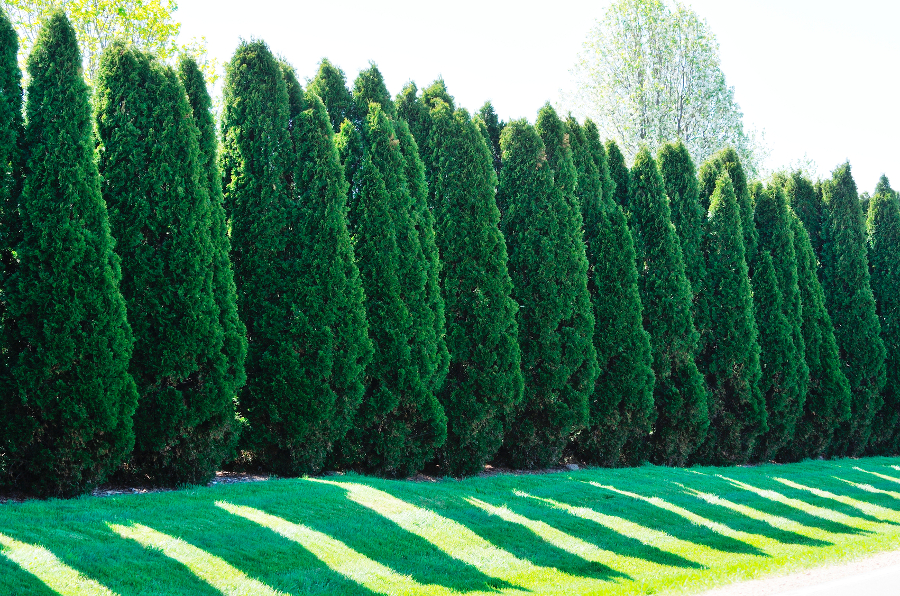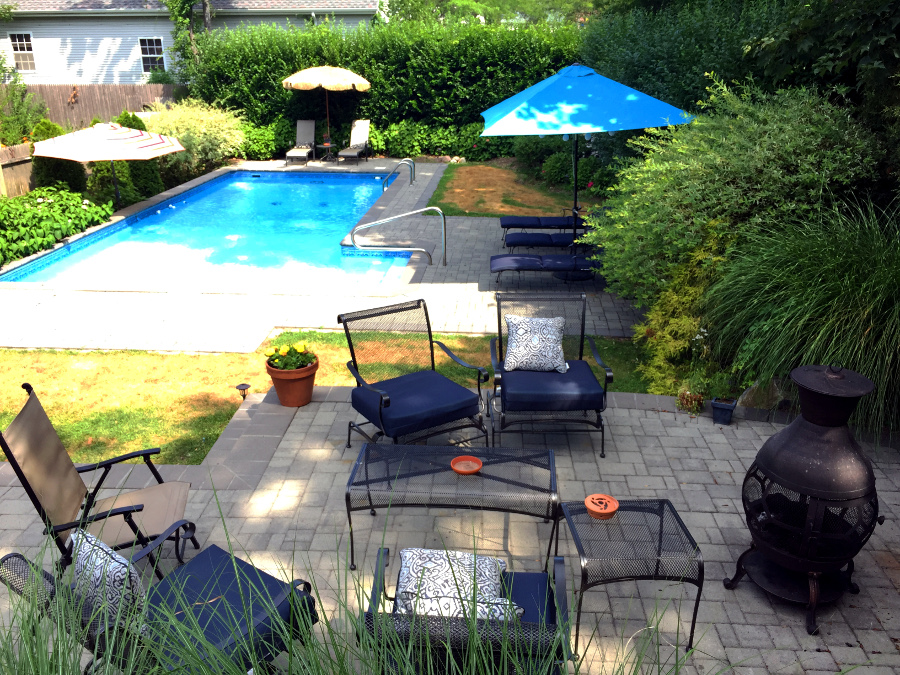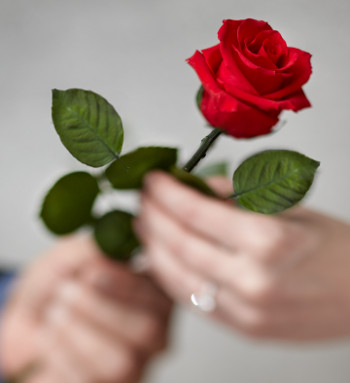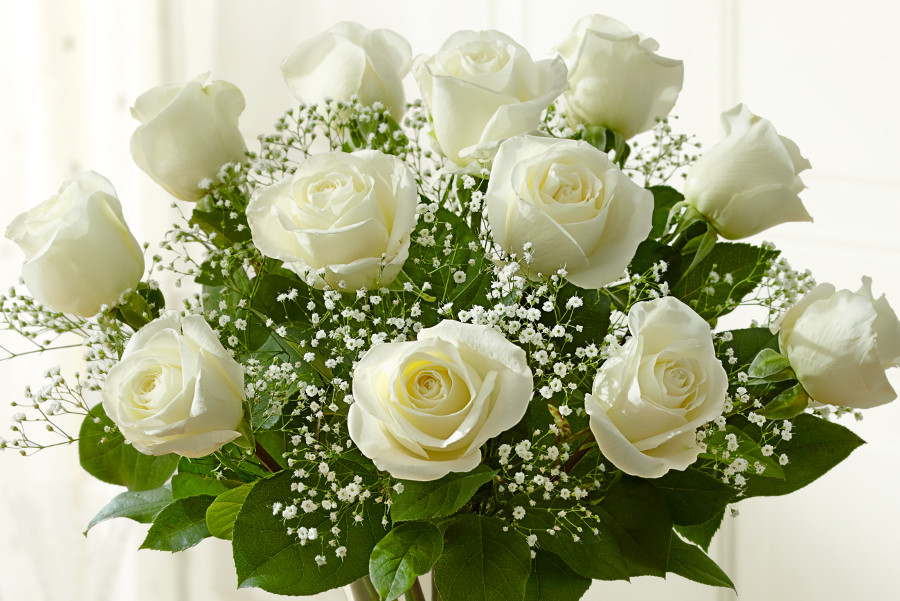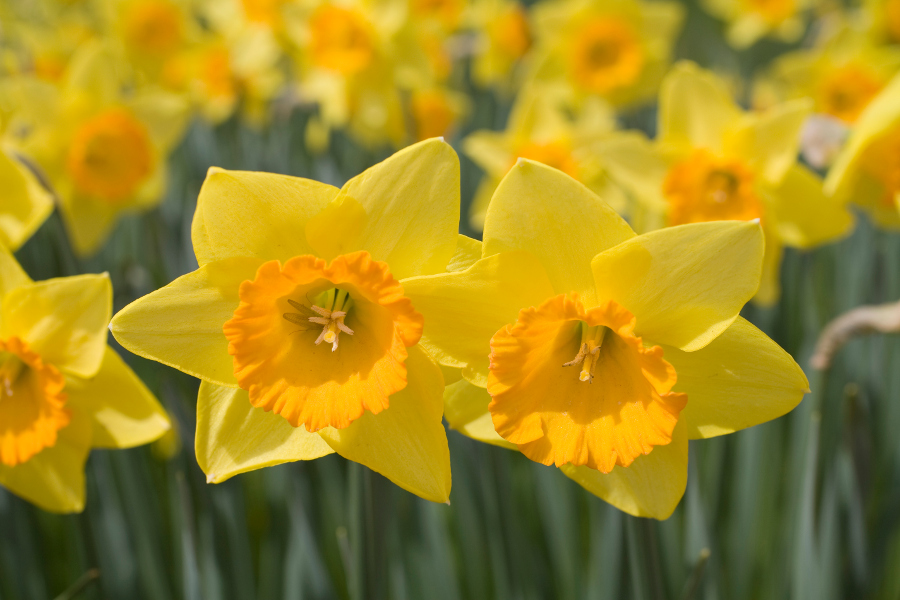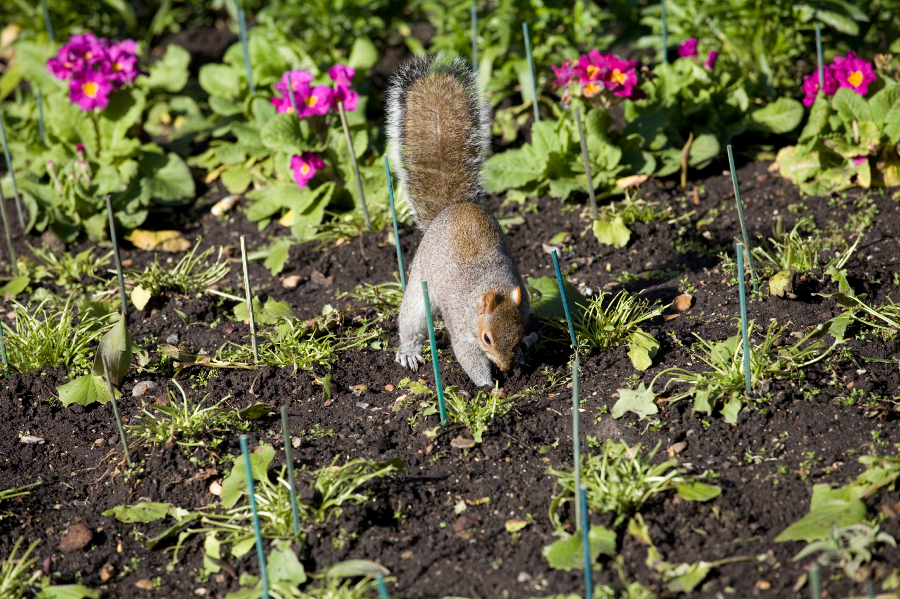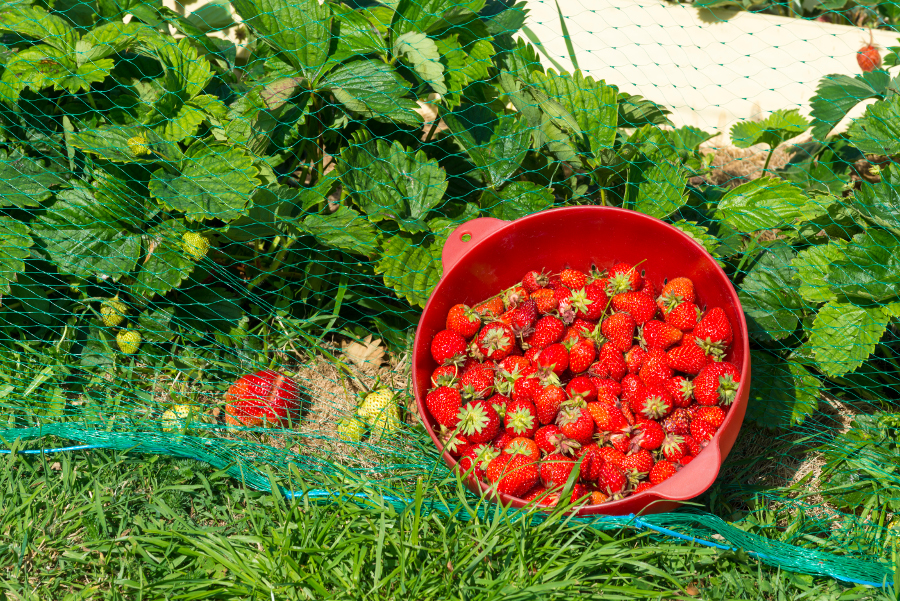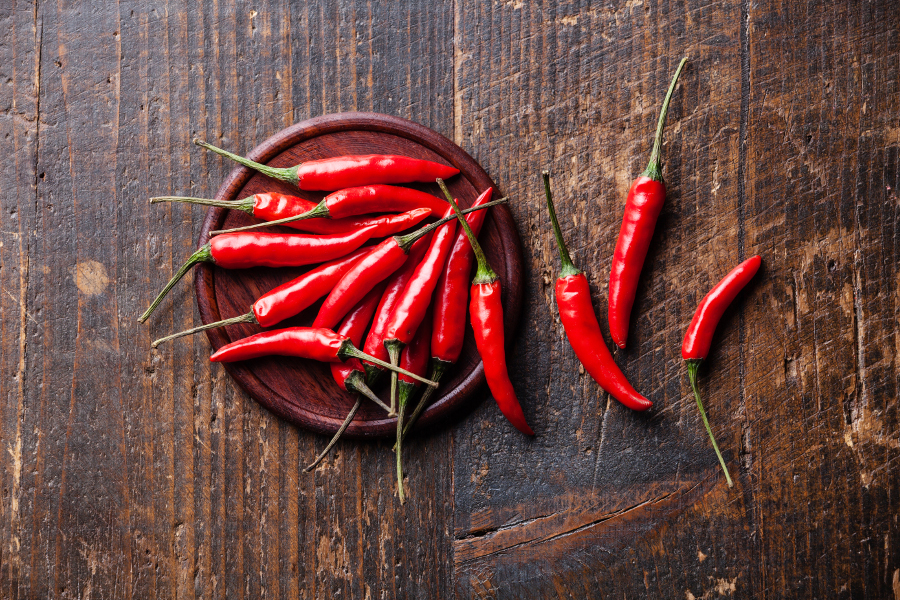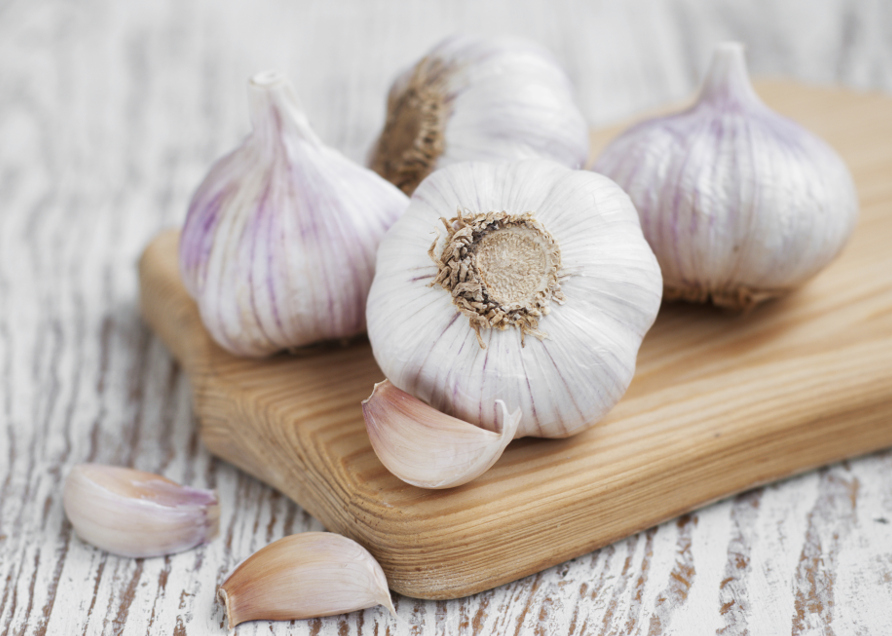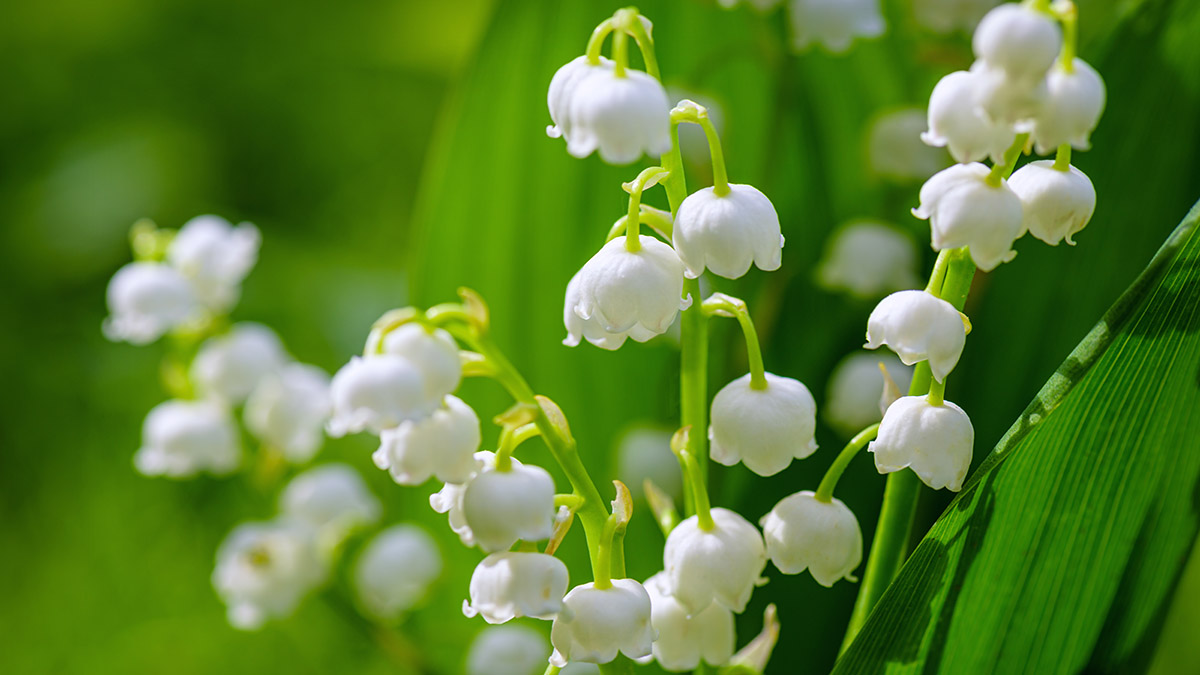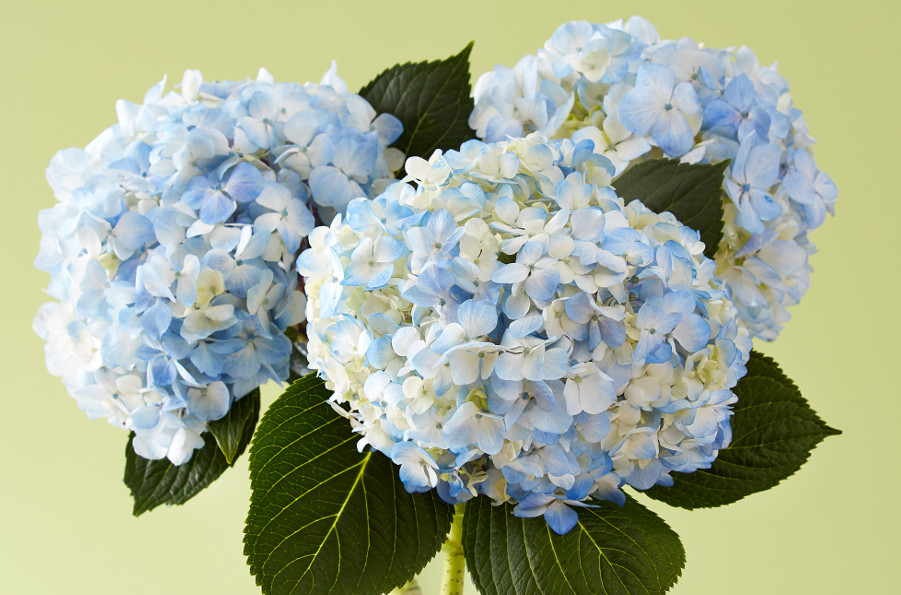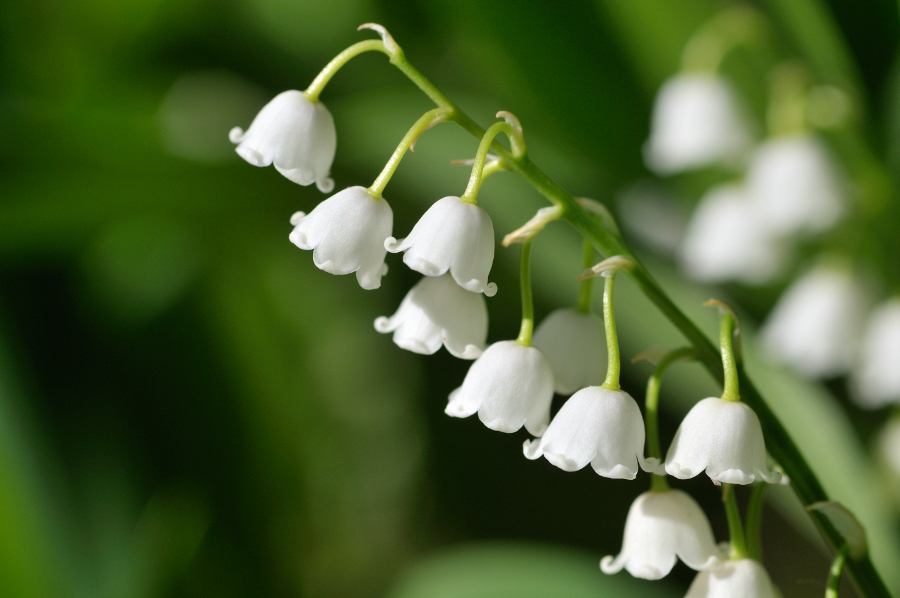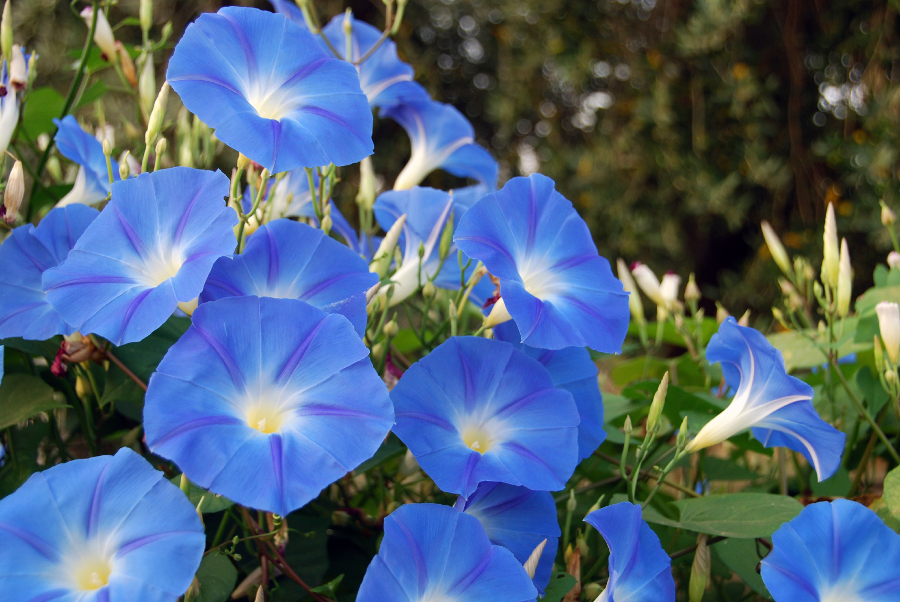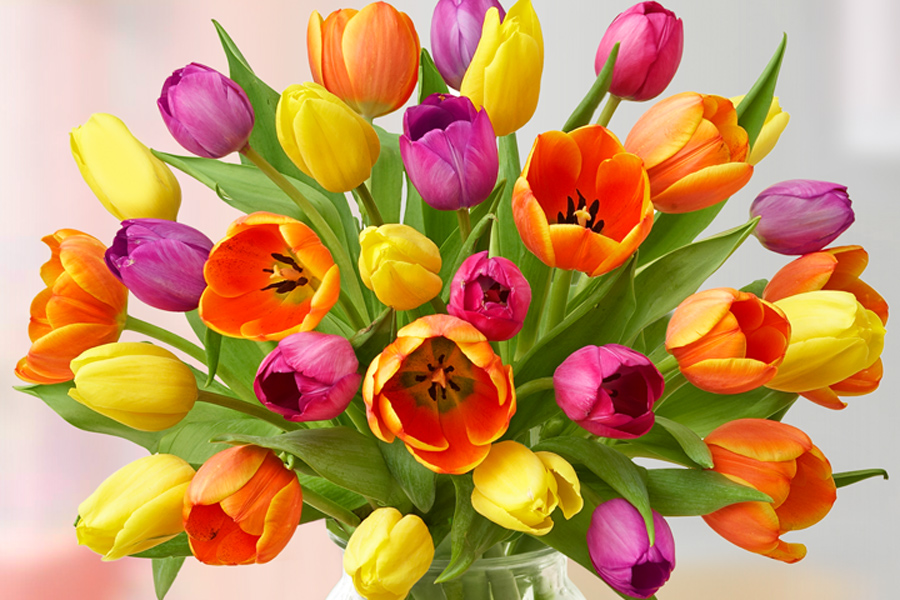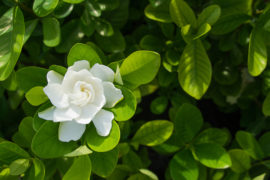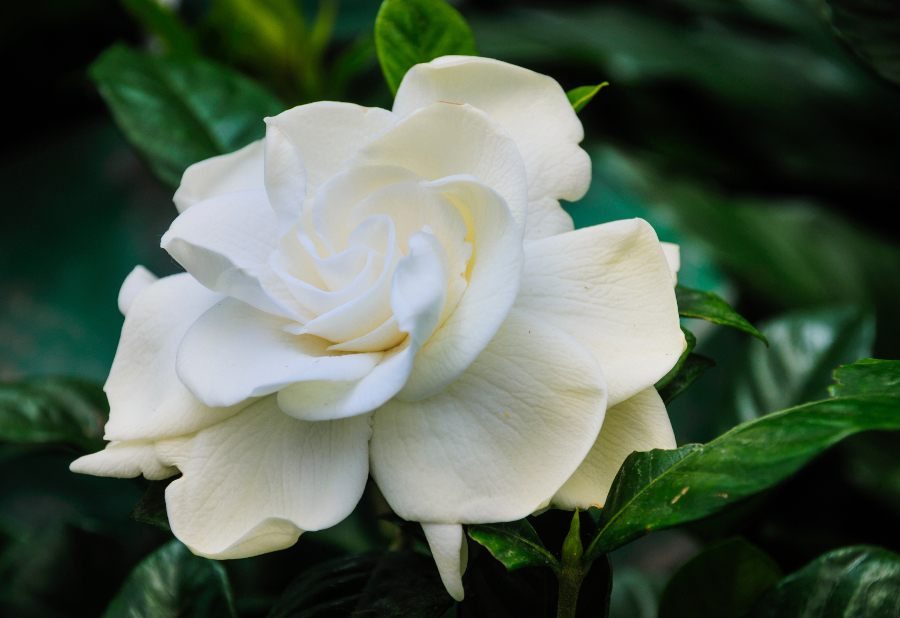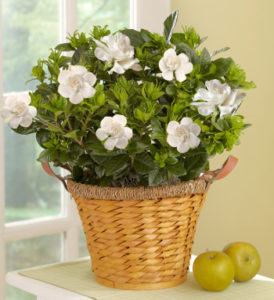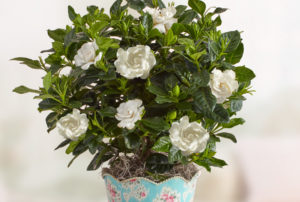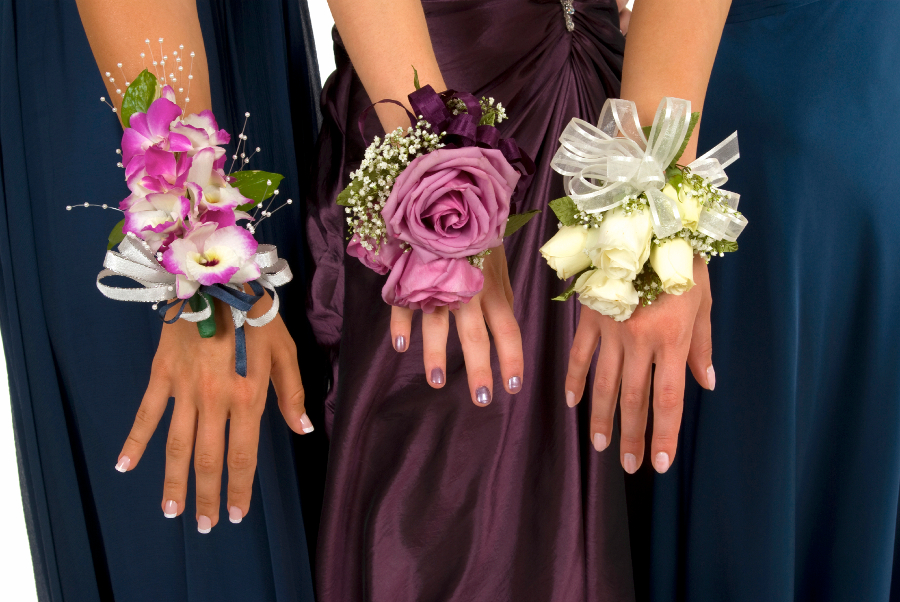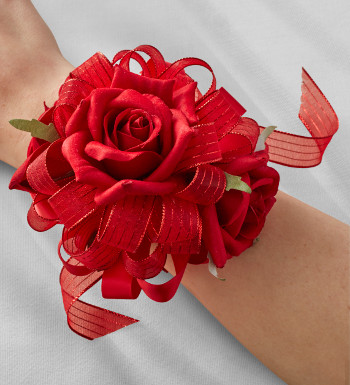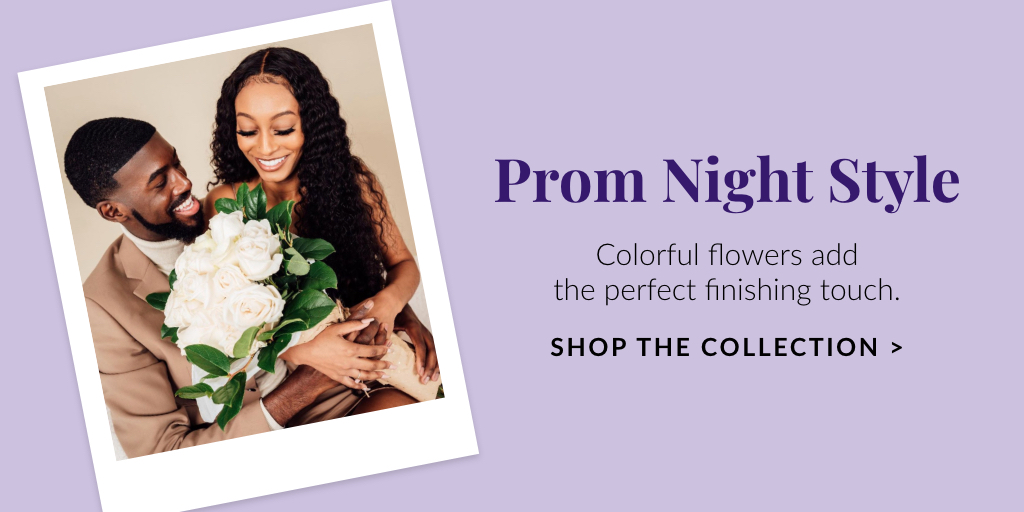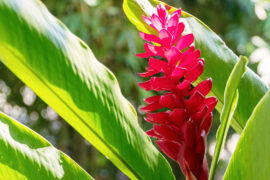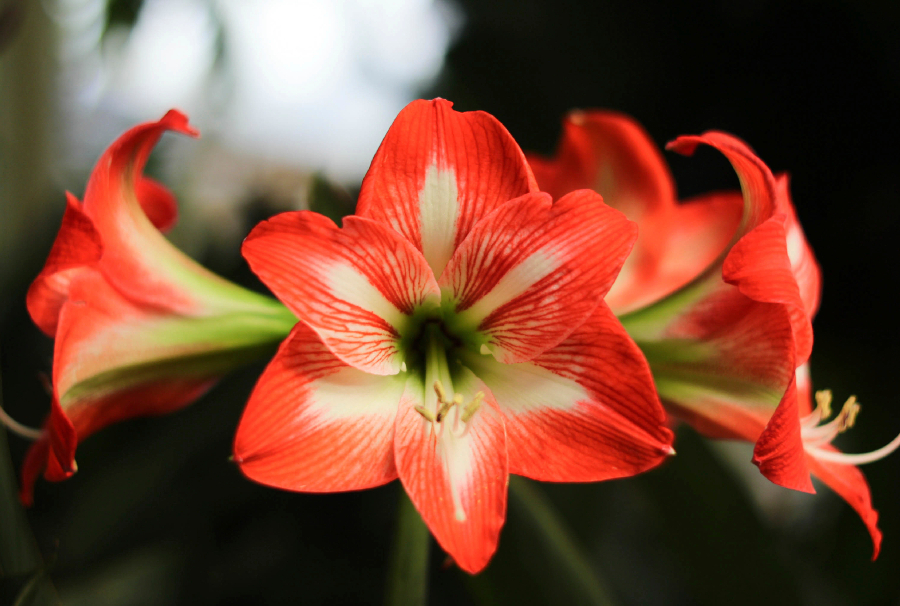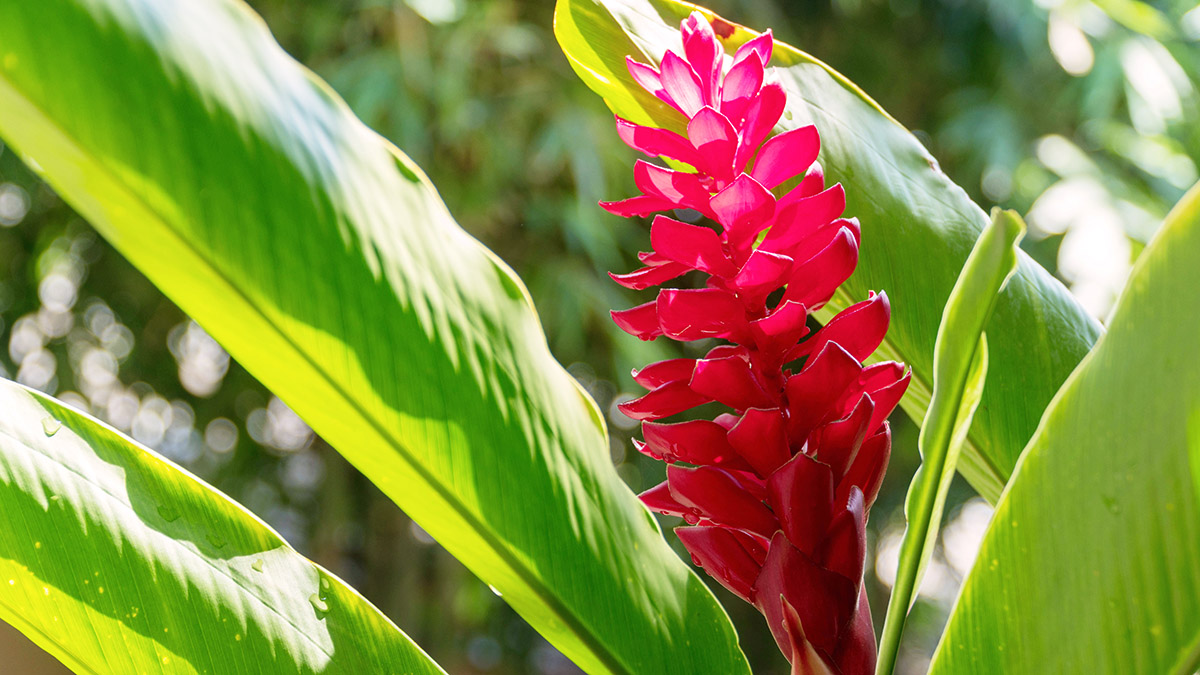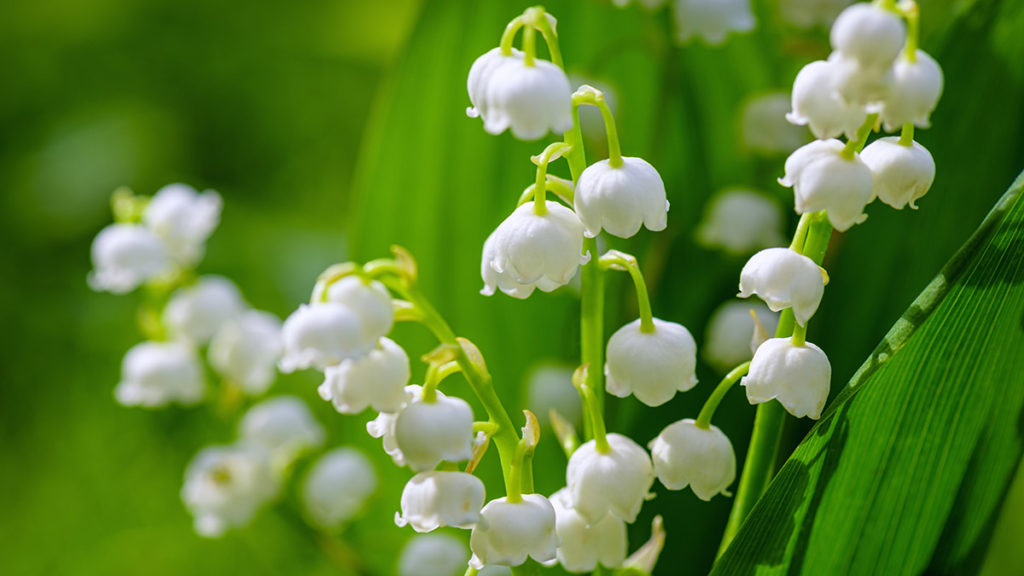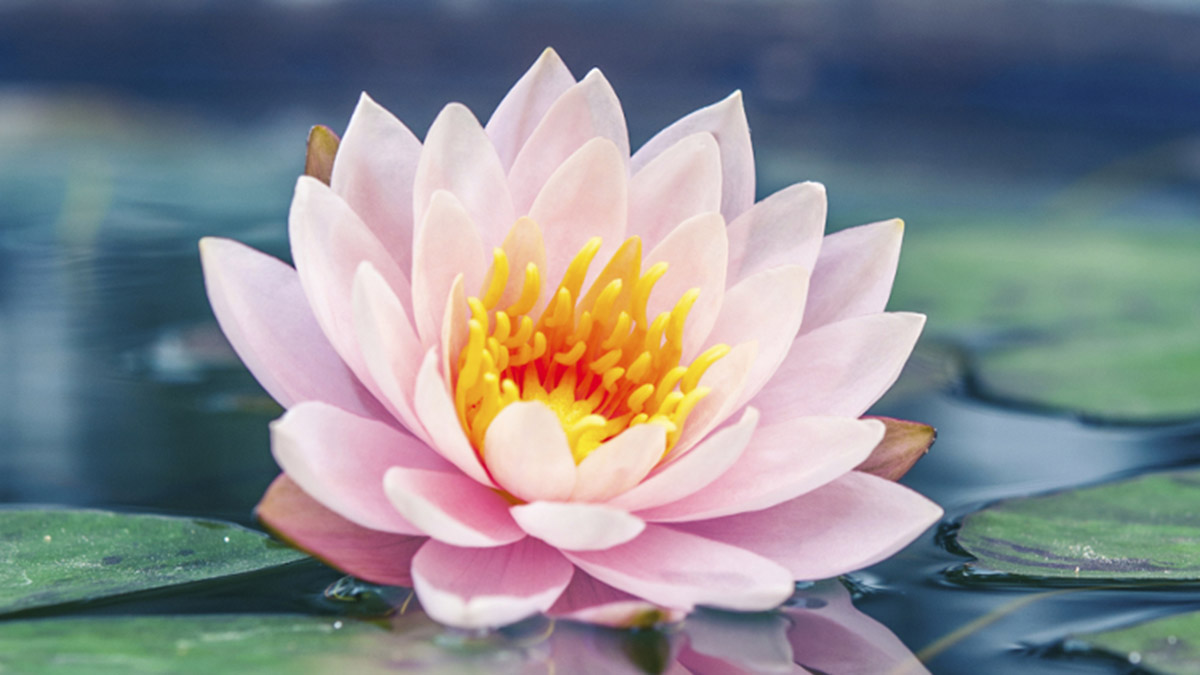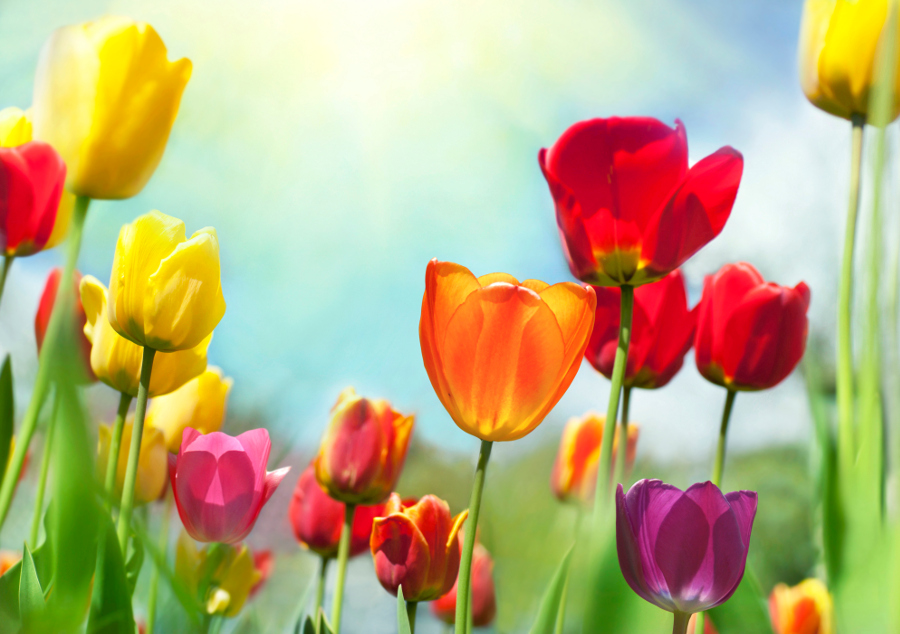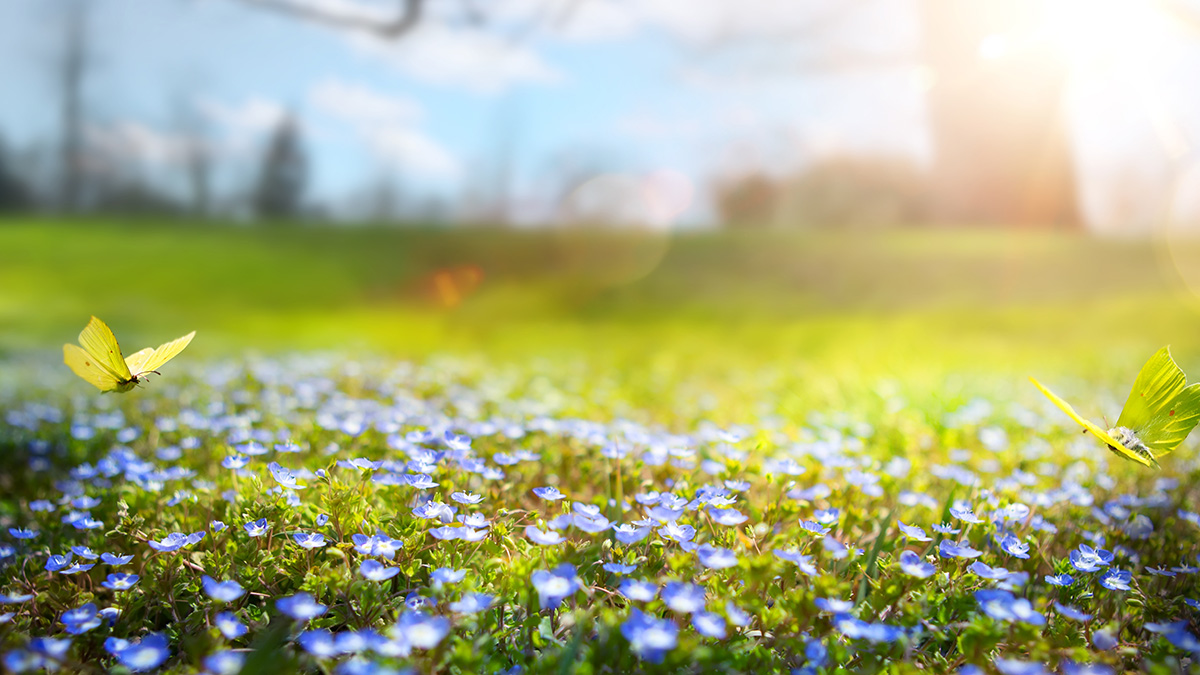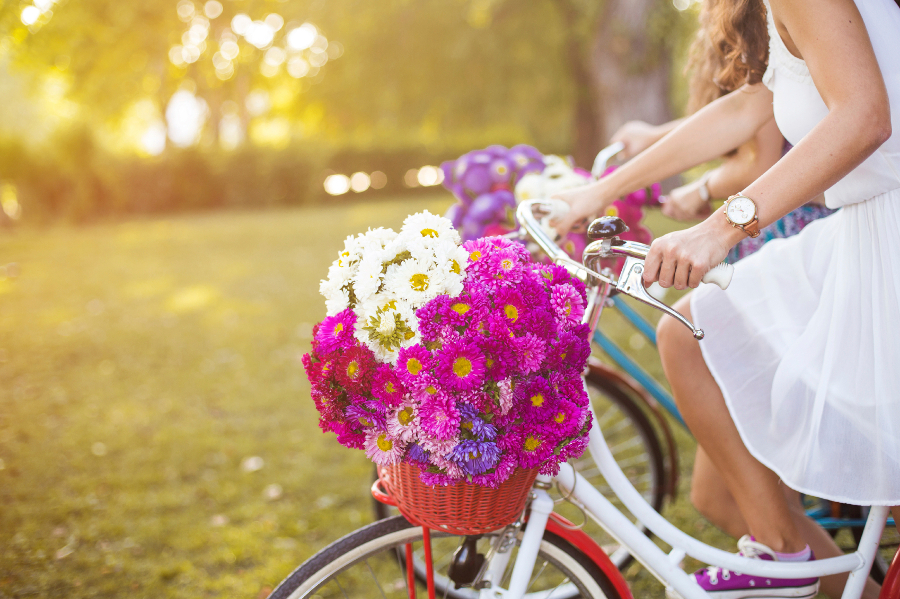Carnivorous plants are predatory flowering plants that receive the nutrients they need by trapping and capturing prey, which includes, but is not limited to, insects, spiders, and even some small soil and water-living protozoans and invertebrates such as lizards and mice. If you’ve heard the term “insectivorous plants,” you can place those in the category of carnivorous plants too – this nickname has come about since insects are one of the most common forms of prey such plants go after.
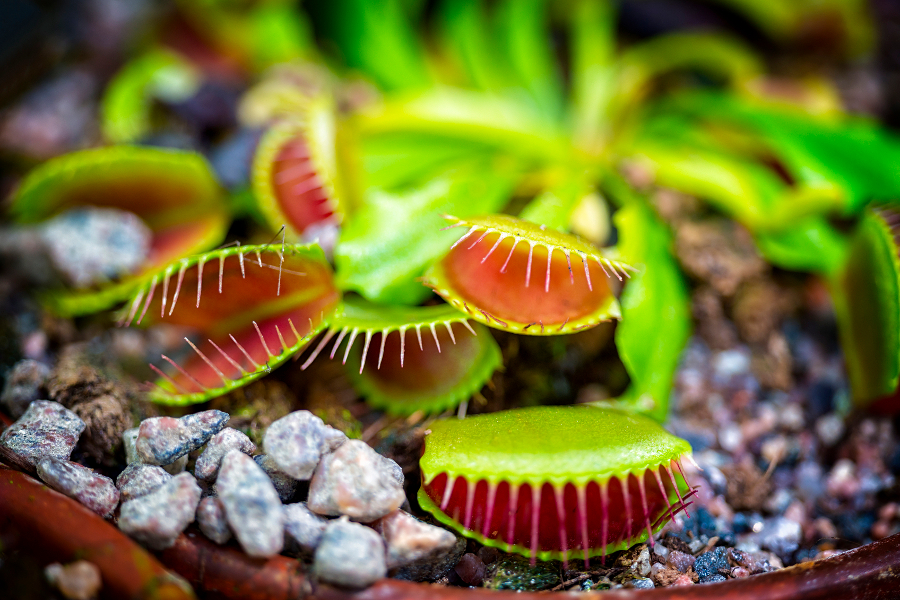
How Carnivorous Plants Capture Their Prey
Carnivorous plants utilize bright colors, guide hairs, leaf extensions and extra-floral nectaries in order to attract their prey. Their specialized leaves are designed to capture their prey, and although many carnivorous plants can actually grow without needing to consume any prey, they’re much more likely to thrive and reproduce at a greater level when they do get the nutrients their prey can provide – the nutrients are taken from the prey’s body and are used as flower food.
Types of Traps Used by Carnivorous Plants
Not all carnivorous plants trap their prey using the same method – different types of traps include:
- Pitfall traps
- Snap traps
- Suction traps
- Flypaper
- Lobster-pot traps
Pitfall traps, used by pitcher plants, are essentially leaves that are folded in slippery, deep pools that are filled with digestive enzymes.
Snap traps, such as the snap trap of the venus flytrap (one of the most commonly known carnivorous plants) and the waterwheel plant, are leaves that will instantly snap shut when certain trigger hairs are touched.
Suction traps, which are used by bladderworts, are leaves formed in the shape of a bladder (now you see how it gets its name!) with a door lined with various trigger hairs.
Flypaper, found on sundews and butterworts, are essentially sticky traps that are created by leaves covered in glands that produce a sticky fluid.
Lastly, lobster-pot traps are found on corkscrew plants, and are ultimately twisted tubular channels that are lined with glands and hairs.
Examples of Carnivorous Plants
Now that you know some of the basics, such as what carnivorous plants are and how they capture their prey, let’s get into some more of the specifics and go over a few different examples of carnivorous plants. Whether you’ve already heard of them or not, here are a few different types we think you should know:
Venus Flytrap
The venus flytrap, which as we mentioned earlier uses a snap trap to capture its prey, can be found in southeastern areas of the United States, such as North and South Carolina.
Sarracenia
Sarracenia, which are also known as the North American Pitcher Plant, is a genus of carnivorous plants that are native to places such as Texas and the great lakes.
Darlingtonia Californica
Darlingtonia Californica, also known as the Cobra Lily or the California Pitcher Plant, are native to Oregon and, you guessed it, Northern California.
Pinguicula
Pinguicula, also known as butterworts, can be found in both North and South America, as well as Europe and Asia – there are about 80 different species spread across these lands!
Byblis
Byblis plants, also called rainbow plants, are native to Australia. You’ll understand why they are sometimes called rainbow plants as soon as you see them in a sunny environment!
Utricularia
Utricularia, also known as bladderworts, make up a collection of approximately 220 different species of carnivorous plants. They can be found in fresh water or wet soil everywhere except for Antarctica!
Although all plant and flower species are truly fascinating, carnivorous plants and flowers are one-of-a-kind – wouldn’t you agree?
